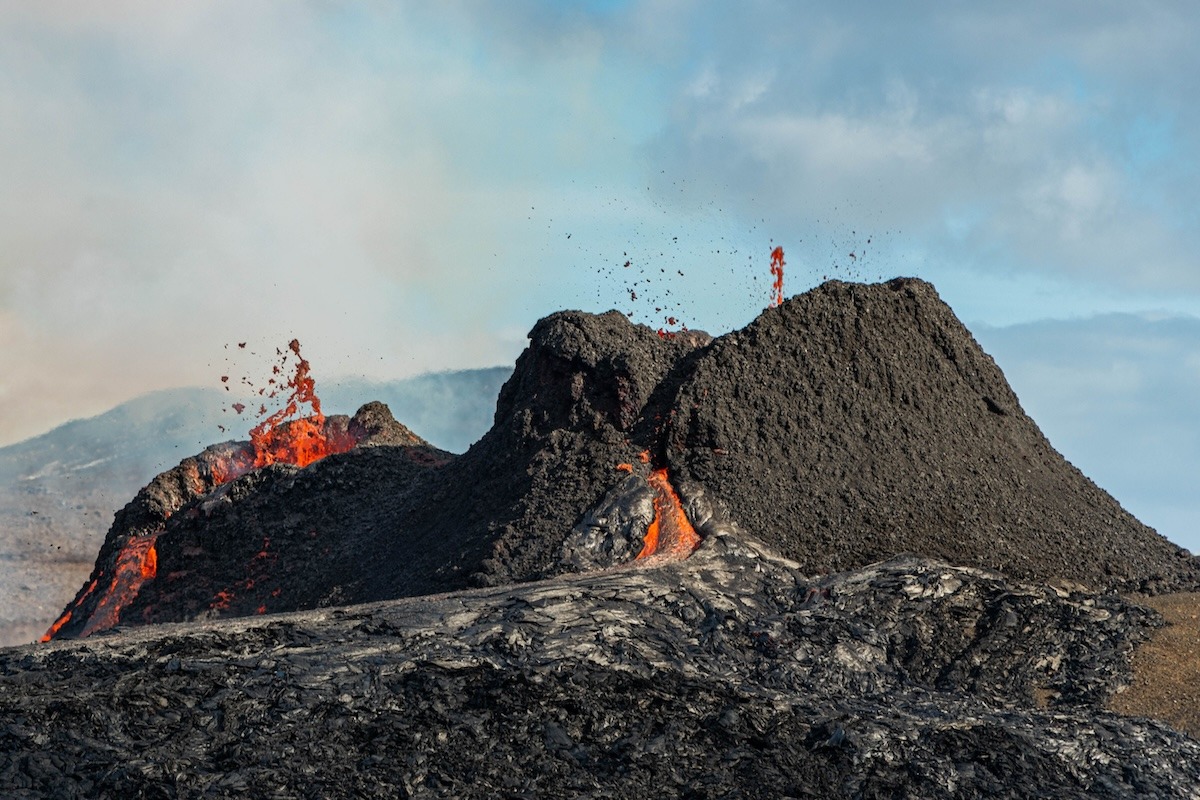Welcome to Hawaii Volcanoes National Park, a world heritage site where the earth comes to life with fiery passion. Located on Hawaii’s Big Island, this national park is home to two of the most active volcanoes on the planet—Kīlauea and Mauna Loa. Whether you are an adventure seeker, a nature lover, or someone looking to immerse in the Hawaiian culture, this travel guide will help you navigate through the park’s most breathtaking landscapes and activities.

A trip to Hawaii Volcanoes National Park can vary depending on how much time you have and your interests. Here’s a suggested itinerary for a memorable 5-day visit:
Arrive at Hilo International Airport and take a scenic drive through lush rainforests towards the park. Check into your accommodation, such as the Aloha Junction Guest House, which is conveniently located near the park.
Start your adventure with a visit to the Kīlauea Visitor Center to get maps, updates on volcanic activity, and ranger recommendations. Follow up with a stroll around the stunning Crater Rim Drive, where you get your first close-up view of a volcanic crater.
Dedicate your second day to exploring the remarkable Kīlauea Caldera. Visit the Jagger Museum for interactive exhibits and unbeatable views of the Halemaʻumaʻu Crater. Take time to hike the Devastation Trail, an easy walk through forests scorched by past eruptions, and explore the Thurston Lava Tube, a spectacular cave formed from flowing lava.
You can cap off your day with a meal at the Kilauea Lodge and Restaurant, which offers a cozy and authentic dining experience.
On the third day, embark on one of the park’s most iconic drives—Chain of Craters Road. This 19-mile round-trip journey descends 3,700 feet to the coast, offering dramatic views of volcanic craters, ancient lava flows, and petroglyphs.
Your first stop should be the Pu’u Loa Petroglyphs, a fascinating archaeological site featuring over 23,000 rock carvings. Continue your drive to the end of the road where you can witness fresh lava flows entering the ocean (depending on current volcanic activity).
For lunch, pack a picnic or enjoy a meal at one of the nearby stops. Remember to carry plenty of water and snacks, as facilities along the way can be sparse.
Reserve your fourth day for exploring Mauna Loa, the world’s largest active volcano. Start with a visit to the Mauna Loa Lookout for breathtaking panoramic views. If you’re up for a challenging hike, the Mauna Loa Trail offers an incredibly rewarding trek through lava fields up to the summit—it’s an experience suited for seasoned hikers.
Spend the evening relaxing and perhaps exploring local cultural exhibits or taking part in a traditional Hawaiian Luau for a deeper appreciation of the island’s rich heritage.
Your last day should focus on experiencing the park’s defining feature: lava. Join a guided lava hike or boat tour to get as close as safely possible to active lava flows. These guided tours often provide in-depth knowledge about the geology and cultural significance of the volcanoes.
After your lava adventure, head back to Hilo for some last-minute souvenir shopping and a bite at a local restaurant. Reflect on your volcanic adventure as you prepare for your departure.
Unveiling Kitayuzawa Onsen: A Tranquil Escape to Japan’s Hidden Hot Spring Paradise
Experiencing the Magic of Japan During the Rainy Season: A Comprehensive Travel Guide
Discover the Delight of Malaysian Breakfast: A Culinary Journey Through Flavors and Traditions
Discover Elephant Village: Ethical Encounters with Thailand’s Gentle Giants
Uncover the Charm: Fun and Exciting Things to Do in Malaysia